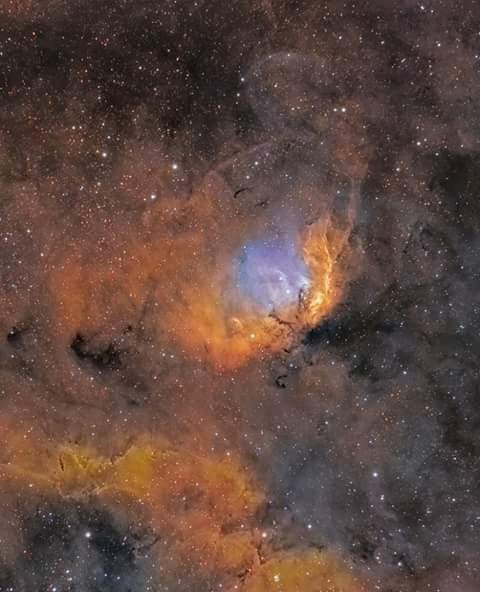
Cygnus the Swan is the largest Nebula-rich planetarium in the Milky Way. The location of this bright emission area of the photo is in the galaxy (Cygnus the Swan) star. This nebula is better known as Tulip Nebula. Astronomer Stewart Sharpless discovered the nebulous expansion of cosmic gas and turbulence in 1959. She gave her name Sh2-101 This cosmic cloud base, similar to the flower, is 8,000 light-years away from Earth. Colored This picture is defined as sulfur, green color, hydrogen and blue color oxygen molecules. The most brilliant star of this nebula is called HDE 227018. This is an O type star. Ultraviolet rays radiating new and strong stars in the center of the photo.
Authors get paid when people like you upvote their post.
If you enjoyed what you read here, create your account today and start earning FREE STEEM!
If you enjoyed what you read here, create your account today and start earning FREE STEEM!
awesome thing,,
Downvoting a post can decrease pending rewards and make it less visible. Common reasons:
Submit
You got a 8.30% upvote from @inciter courtesy of @payelmia!
Downvoting a post can decrease pending rewards and make it less visible. Common reasons:
Submit